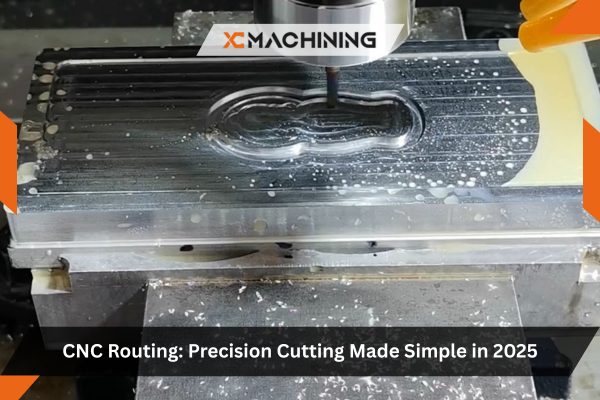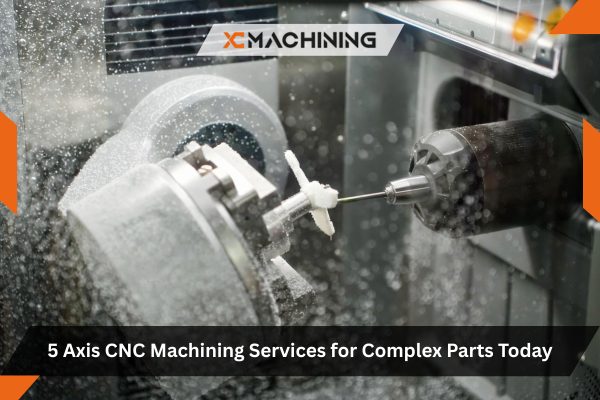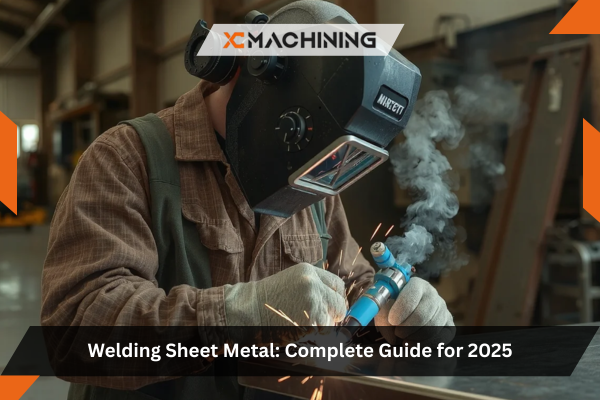Introduction: Why PPAP Matters in Manufacturing
In today’s PPAP in Manufacturing precision-driven manufacturing world, delivering consistent, defect-free parts is not just an expectation—it’s a requirement. This is especially true in high-stakes industries like Automobil, Luft- und Raumfahrtund Herstellung medizinischer Geräte, where product failures can have serious consequences.
That’s where PPAP (Production Part Approval Process) comes into play.
Originally developed by the Automotive Industry Action Group (AIAG), PPAP is a standardized process that verifies supplier production capabilities to consistently meet customer specifications. It’s not just a formality; it’s a critical quality control step that builds trust, reduces risks, and ensures smoother product launches.
In this guide, we’ll break down everything you need to know about PPAP, whether you’re a supplier, engineer, or quality manager. Let’s dive in.
What is PPAP?
PPAP stands for Production Part Approval Process. It is a detailed set of documentation and procedures used to demonstrate that a supplier understands customer requirements and can consistently produce parts that meet those specifications during actual production runs.
The goal of PPAP is to ensure that:
- Die design and production processes are clearly understood
- Die manufacturing process is capable and stable
- Parts meet all quality and performance expectations
This process plays a vital role in:
- Launching new products
- Implementing design changes
- Onboarding new suppliers
- Validating tooling and production processes
Why is PPAP Important?
PPAP is not just paperwork—it’s a gatekeeper of quality assurance.
Here’s why it matters:
- Reduces risk: Ensures parts will perform as intended under real conditions
- Improves communication: Aligns expectations between customers and suppliers
- Standardizes quality: Especially critical in Automobil und Luft- und Raumfahrt supply chains
- Supports traceability: Useful in case of recalls, audits, or design failures
- Prevents costly production errors: Verifies processes before full-scale production
The 18 Key Elements of PPAP Documentation
A full PPAP submission may contain up to 18 elements. Here’s what they include:
| # | Element | Beschreibung |
| 1 | Design Records | Final part drawing provided by the customer |
| 2 | Engineering Change Documents | Any approved changes from original design |
| 3 | Customer Engineering Approval | Sign-off from the customer’s engineering team |
| 4 | DFMEA | Design Failure Mode and Effects Analysis |
| 5 | Process Flow Diagram | Visual overview of the manufacturing process |
| 6 | PFMEA | Process Failure Mode and Effects Analysis |
| 7 | Control Plan | How the process will be controlled to ensure quality |
| 8 | Measurement System Analysis (MSA) | Gage R&R, bias, linearity, etc. |
| 9 | Dimensional Results | Measurements from sample parts |
| 10 | Records of Material / Performance Tests | Lab results, certifications, etc. |
| 11 | Initial Process Studies | Cp, Cpk values of key processes |
| 12 | Qualified Lab Documentation | Proof that labs used are accredited |
| 13 | Appearance Approval Report (AAR) | Needed for aesthetic or visual parts |
| 14 | Sample Production Parts | Physical parts submitted for review |
| 15 | Master Sample | Signed-off reference sample kept by supplier |
| 16 | Checking Aids | Tools/gauges used during inspection |
| 17 | Customer-Specific Requirements | Additional items based on client standards |
| 18 | Part Submission Warrant (PSW) | Summary document stating everything meets requirements |
✅ Not all PPAP levels require all 18 documents (explained below).
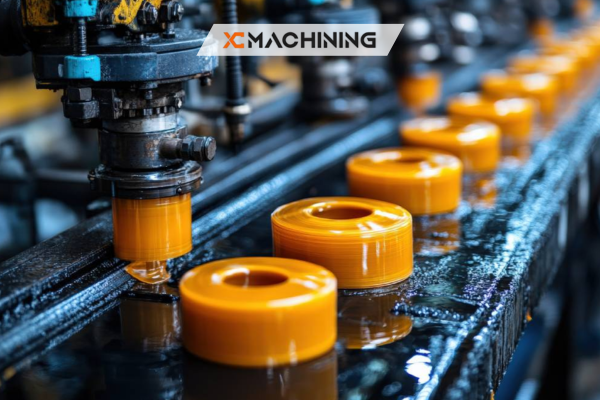
PPAP Levels Explained (Level 1 to Level 5)
PPAP submissions are divided into five levels depending on the part’s complexity, criticality, and customer requirements.
| Level | What It Includes | When It’s Used |
| Level 1 | PSW only | For low-risk or standard parts |
| Level 2 | PSW + limited supporting data | Minor design changes or simple parts |
| Level 3 | PSW + full PPAP package (all 18 elements) | Most common level in automotive |
| Level 4 | PPAP as per customer’s specific instructions | Customized requests |
| Level 5 | PSW + all elements + on-site review | For critical parts, high-risk suppliers |
Level 3 is the default requirement in most automotive manufacturing contracts.
When is a PPAP Submission Required?
You’re typically required to submit PPAP documentation in the following scenarios:
- New part or product introduction
- Engineering design changes
- Supplier or process change
- Use of different raw materials
- Transfer of manufacturing location
- Tooling changes or replacement
- Corrective actions post customer complaints
PPAP vs FAI: What’s the Difference?
| Aspekt | PPAP | FAI (First Article Inspection) |
| Zweck | Approve production process | Verify first part meets design |
| Scope | Includes process capability, testing, quality systems | Focuses on dimensional inspection |
| Industrie | Mostly automotive, aerospace | Common in aerospace, defense |
| Frequency | During changes, NPI | With each revision or supplier shift |
🔍 Many companies use both processes together for deeper validation.
Who Uses PPAP? (Industries & Roles)
PPAP is a standard in automotive manufacturing, but it’s also used in Kunststoff-Spritzguss for automotive and medical parts where consistency, compliance, and high-volume quality assurance are critical.
Common roles involved:
- Quality Engineers – Lead the documentation and analysis
- Design Engineers – Collaborate on DFMEA and specs
- Suppliers – Complete and submit PPAP packages
- Buyers/Procurement Teams – Ensure vendor compliance
- OEMs – Review and approve PPAP submissions
Challenges & Best Practices
Common PPAP Mistakes:
- Submitting incomplete documentation
- Misinterpreting customer-specific requirements
- Not updating PPAP after process changes
Best Practices:
- Start early: PPAP isn’t a last-minute task
- Use a checklist or software system, and make sure you’re finding a reliable CNC parts supplier that understands PPAP and is experienced in regulated industry standards.
- Train your team on AIAG standards
- Always get customer feedback on submission expectations
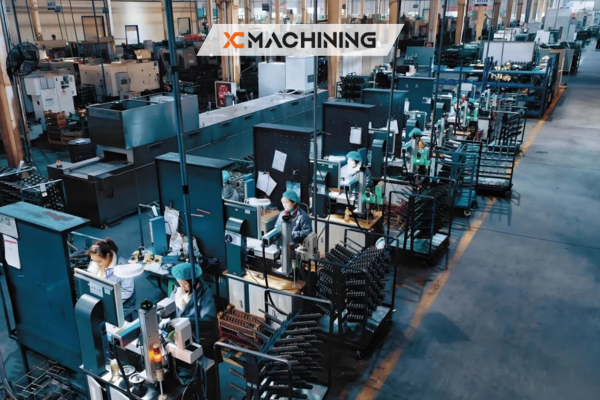
Final Thoughts
PPAP is more than just paperwork—it’s a vital quality management tool that helps ensure your parts meet performance expectations from the very first production run. Whether you’re a supplier or an OEM, understanding and mastering PPAP is essential to success in high-stakes manufacturing industries.
By following AIAG standards, submitting thorough documentation, and collaborating with customers, manufacturers can reduce launch risks, improve qualityund build stronger supply chain relationships.


